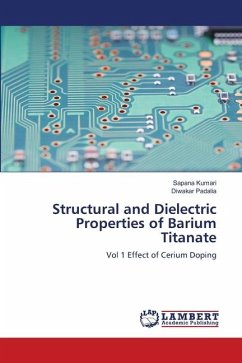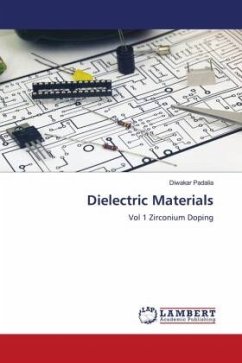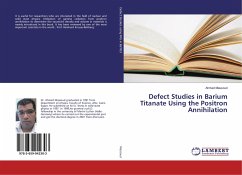In the current book, Cerium doped barium titanate was prepared by using the conventional solid-state reaction method. The synthesis process for Cerium doped barium titanate was carried out with different Ce concentrations. The qualitative and quantitative studies were performed by using XRD, FTIR, UV-VIS, FESEM, TEM, and the Impedance analyzer technique. The XRD data along with FTIR confirms the presence of cerium in the material. The incorporation of Ce ions induces strain in the material and as the strain induces there is a change in the band gap concerning the bulk. The crystallite size was calculated using Scherrer and UDM methods. The particle size was estimated using FESEM and the distribution of the particle size was examined by using high-resolution TEM. The crystallite size estimation was performed by Scherrer and UDM method. The particle size was calculated using ImageJ software and the distribution of elements was concluded by the elemental data analysis. FESEM morpho-graphs show a grain growth in the samples as the doping concentration increases.
Bitte wählen Sie Ihr Anliegen aus.
Rechnungen
Retourenschein anfordern
Bestellstatus
Storno









